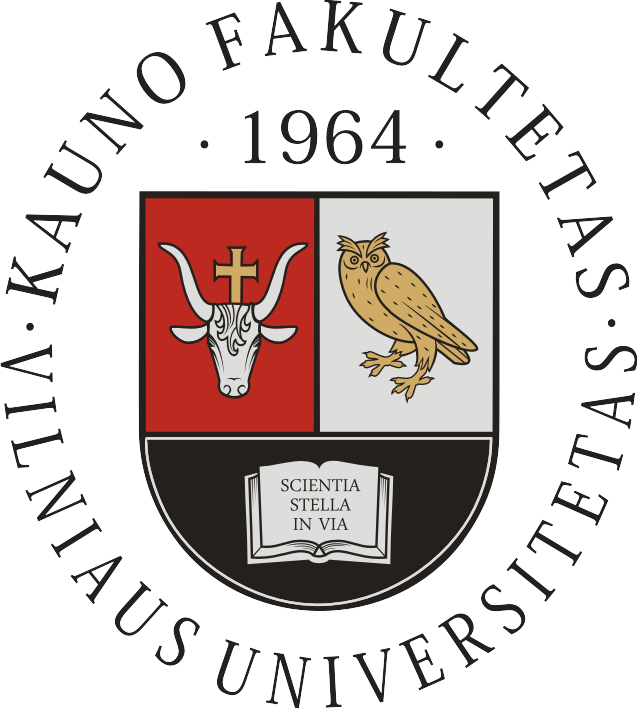Transformations in
Business & Economics
- © Vilnius University, 2002-2021
- © Brno University of Technology, 2002-2021
- © University of Latvia, 2002-2021
Article
HOW DOES INTEREST RATE LIBERALISATION INFLUENCE THE PROFITS OF COMMERCIAL BANKS? EVIDENCE FROM CHINA9
Qingyuan Shen, Binbin Chang, Ruifeng Ma, Xiaoyan Tao
ABSTRACT. The reform of interest rate liberalisation has been nearly completed in China, and its influences on commercial banks have attracted wide attention. However, existing studies have not given systematically theoretical insights into how interest rate liberalisation influences the profit level of commercial banks. To fill this gap, the 2012-2020 dynamic panel data of China's A-share listed commercial banks were selected to calculate the interest rate liberalisation index (IRMI). Difference-generalised method of moment (D-GMM) and system-generalised method of moment (S-GMM) were used to estimate the extent of the impact of interest rate liberalisation on the profits of commercial banks. Results show that without distinguishing bank types, interest rate liberalisation has a negative impact on commercial banks' profits; interest liberalisation has a hysteresis effect on commercial banks' profits, and the previous period's profits have a positive impact on the current period's profits. Moreover, with the gradual progress in the reform of interest rate liberalisation, the impact of interest rate liberalisation on the profits of commercial banks shows a "U"-shaped trend; the negative effects of the reform of interest rate liberalisation on state-owned commercial banks, city commercial banks, and stock holding banks vary. Research conclusions provide references for commercial banks to recognise the influence laws of the interest rate liberalisation reform on their profits and formulate differential development paths.
KEYWORDS: interest rate liberalisation, commercial banks, profit level, effect.
JEL classification: E43, E52, G21, G31, O16.
9Acknowledgments: This study was supported by Humanities and social sciences fund project of the Ministry of Education (18YJC630161), Henan soft science project (No.212400410100), Humanities and social sciences research project of Henan Provincial Department of Education (No.2021-ZDJH-477).

